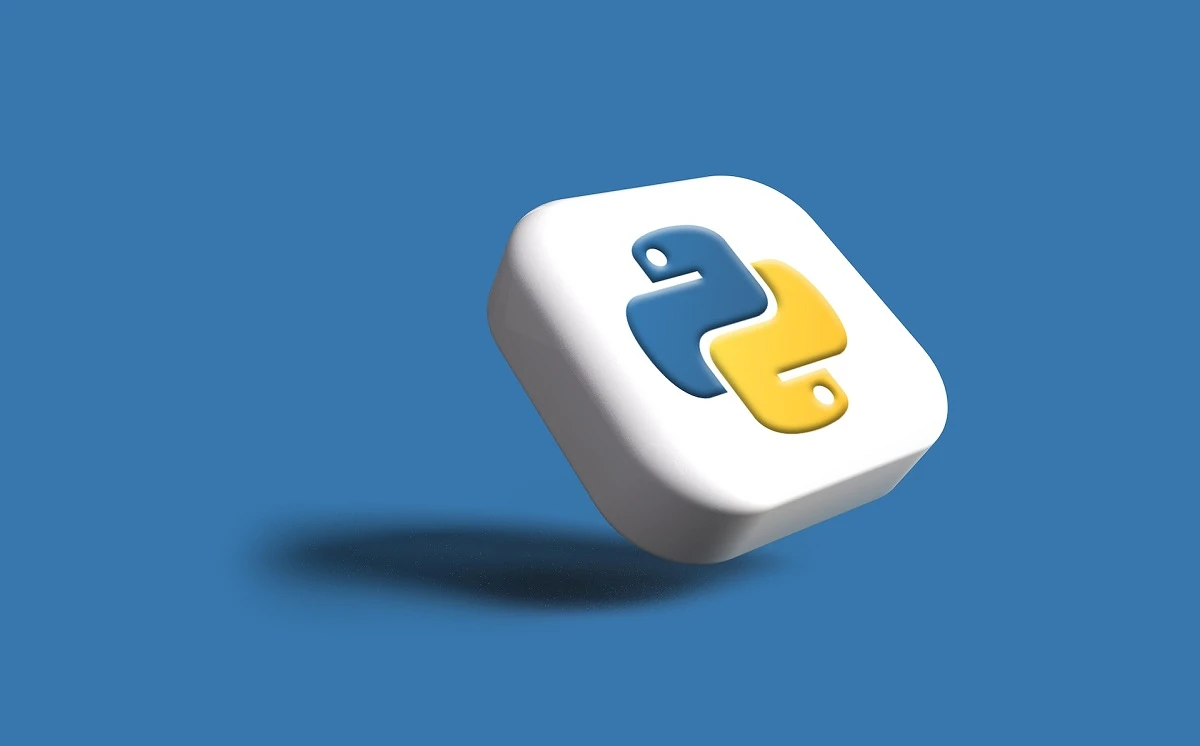
Python is one of the most widely-applied programming languages in the world, according to Statista. Such characteristics as multifunction, flexibility, and smooth extensibility make it valuable and useful for a wide variety of market sectors.
Take a look at the 9 best use cases for Python and find out what makes it so beneficial in software engineering.
Table of Contents:
Web Development
Python offers an extensive toolkit for building web products within its diverse ecosystem of different frameworks and libraries. They deliver components, modules, functions, and tools that allow developers to save time and effort when building applications, thereby significantly optimizing the implementation process and consequently decreasing the Python web app development cost.
Using Python for web development, small-scale businesses are able to implement prototypes and proof of concept projects. It allows businesses to rapidly test ideas, and concepts, validating the potential of a future product before investing significant resources into full-scale development.
Web application programming interfaces (API) can also be built on Python using various frameworks and libraries that provide the necessary tools and functionality to handle HTTP requests, route endpoints, process data, and generate responses. For example, FastAPI, a modern, high-performance Python-based framework for API development, has been used to build parts of the Microsoft Graph API, which ensures access to Microsoft 365 services and data, covering Office 365, Azure Active Directory, Outlook, and more.
Among the popular tech products, Python is used for many types of web products, such as social media platforms, video streaming services, file hosting solutions, and more.
Python use cases:
-
- Instagram. The backend of Instagram was developed involving Python and its framework Django.
- Dropbox. This file hosting service was built using Python and is a notable example of a successful proof of concept.
- Reddit. The backend of Reddit, responsible for handling user requests, managing user accounts, processing submissions, and serving content, is predominantly built using Python and its web frameworks.
- YouTube. A part of its backend systems, covering video transcoding and recommendations, relies on Python.
Python can also be integrated with other programming languages, such as C or C++. This allows developers to use existing code written using a different tech stack and extend the capabilities of Python within large-scale applications and products.
Thanks to a huge community of enthusiastic developers who are continuously active and supportive of the language, Python continues to evolve, obtain new features and gets improved. There are numerous forums, blogs, code repositories, and training resources to help with Python and its usage in web development, making software implementation flow easier, quicker, more efficient, and error-free.
With a number of suitable frameworks for all tasks and sectors, Python has a set of essential tools for web development. In practice, the Python-powered framework Flask offers a minimalist approach to development and allows building applications of varying complexity. It provides the basic tools for building web applications. Using Flask, developers can select and make use of additional libraries and extensions as necessary.
Django is another extremely popular framework with which software engineers access a complete system for creating web applications, including database handling, user authentication, form processing, and much more. Due to such a solid number of solutions, web development is one of the sectors where Python is used for implementing the most.
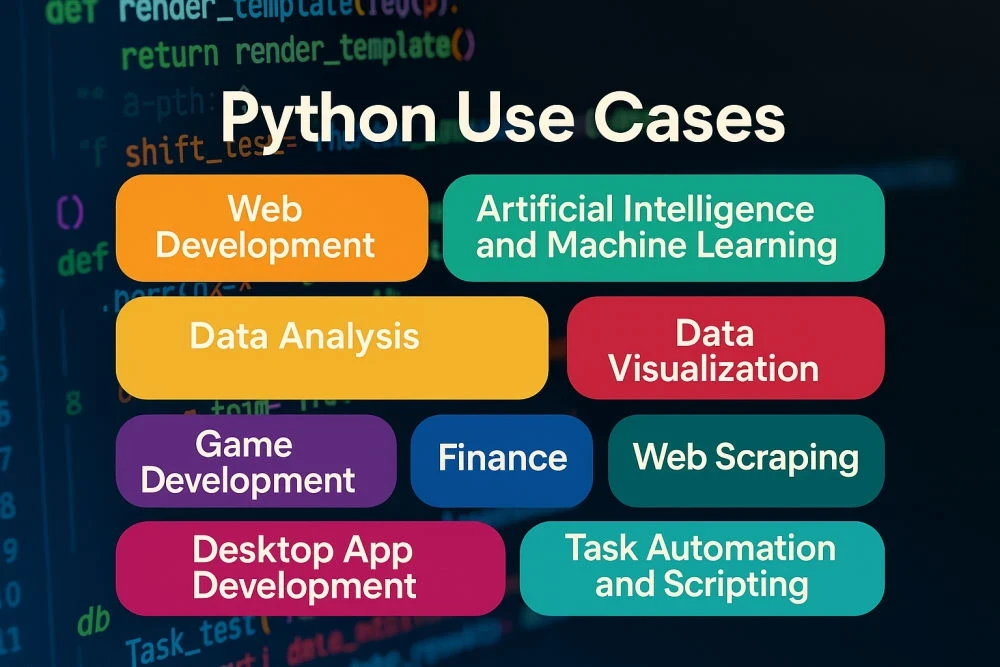
Artificial Intelligence and Machine Learning
One of the key Python use cases is in artificial intelligence (AI) and machine learning (ML). Using libraries such as TensorFlow and PyTorch, Python developers have convenient tools for building and training neural networks. Using Python, researchers and developers can build sophisticated AI and ML models to solve a variety of problems such as pattern recognition, natural language processing, prediction, and more, easily implementing and experimenting with different algorithms.
Among the popular practical examples of using Python for AI and ML are AI-based chatbots, conversational agents for customer support, information retrieval, and voice-controlled interfaces. Besides, it is used for the recommender, as well as fraud detection systems. Google Assistant, Microsoft, Airbnb, and many other global companies have built their chatbots with Python.
Python also facilitates the development and deployment of AI and ML projects on a range of platforms. Being a multi-platform language implies that it is supported on a variety of operating systems such as macOS, Linux, and Windows.
With Python, you are enabled to select among a huge range of instruments for AI with its own features and values, reflecting your requirements. To illustrate, for neural networks training, software engineers commonly apply TensorFlow. Developed by the Google Brain team, TensorFlow is one of the most popular deep learning frameworks. With its capacity, developers get ample opportunities for creating and training neural networks with high performance. Moreover, TensorFlow was used to build Keras – a high-level interface for working with neural networks that provides a simple and intuitive API for fast model development.
Created by a team from Facebook, PyTorch helps developers train neural networks using a dynamic computation graph. It’s a flexible and convenient platform for researchers and developers to optimize the process of working with neural networks and make it regularly employed in the fields of artificial intelligence and machine learning.
Another Python framework that can be useful for deep learning and scientific computing is Theano. Theano has been widely adopted in the field of deep learning research. It provides a flexible and efficient framework for implementing and training neural networks. Researchers have used Theano to explore and develop new deep-learning architectures, conduct experiments, and publish scientific papers. Also, it has been employed in the development of image and speech recognition systems. Using this framework, developers have an opportunity to significantly optimize and conduct calculations on graphics processing units (GPUs), delivering a wide range of functions for working with arrays and symbolic mathematical expressions.
Data Analysis
As for other Python use cases, this programming language offers a suitable range of tools for data analysis, depending on your needs. It has several popular libraries, such as NumPy, Pandas, and Matplotlib, that provide features for working with data sets, processing tabular data, and visualizing results. They are perfect if you want to streamline the performance of various operations, such as filtering, sorting, aggregating, and visualizing data, to make it quick and convenient. Besides, Python can be used to develop business intelligence platforms that provide insights and analytics for decision-making. Already mentioned libraries Pandas and NumPy facilitate data processing, while frameworks like Flask or Django can be employed for building web-based analytics dashboards.
With these libraries, developers get different ways to visualize data, from simple charts and graphs to interactive visualizations. This makes it possible to present information in a very visual and transparent way. In addition, Python has the Scikit-learn library, which provides a wide set of machine-learning algorithms for classification, regression, clustering, and other data analysis tasks.
Data Visualization
As mentioned in the previous paragraph, using the extensive capabilities of Python tools, you can visualize data in different shapes and forms. For more complex forms, software engineers use Matplotlib because of its vast possibilities to create different graphs, charts, histograms, and even animations.
Python data visualization library Seaborn provides stylish and informative statistical charts, and Plotly is responsible for creating interactive visualizations. With such a wealth of tools, programmers can easily create high-quality visualizations of absolutely any complexity. These features are essential for data scientists since they get attractive and informative visualizations to help them analyze and understand their data.
Mentioning practical illustrations, Python libraries like Matplotlib, Seaborn, and Plotly used to be utilized to create interactive dashboards to visualize COVID-19 data. These dashboards displayed trends, case counts, and geographical distributions of COVID-19 cases, helping to understand the impact of the pandemic. Sports data is also often visualized using Matplotlib and Plotly. It refers to displaying player performance metrics, team statistics, or match outcomes, enabling insights and comparisons across different sports.
Unlock the Benefits of Python
Discover how Python can revolutionize your business through automation, web development, data analysis, and AI.
Game Development
Python is relatively not the most successful choice for game development, as it is generally slower than compiled languages like C++ or C#. Besides, Unreal Engine, a powerful game development engine built primarily using C++, is actively used in the gaming sector to create delightful games for diverse platforms, like PC, consoles, and mobile devices. Still, globally popular games such as World of Tanks, Civilization IV, and Battlefield 2 are created using Python. It also supports many libraries and frameworks specifically designed for game development. For example, Arcade provides a simple and clear interface for creating 2D games. It has extensive capabilities for working with graphics, animation, sound, and physics. Arcade also supports various platforms and provides tools for creating multiplayer games.
For creating more complex and large-scale Python games, developers use the Pyglet framework, which is designed to work with graphics, audio, animation, events, and input, as well as the ability to create 3D graphics and support different platforms. Panda3D is also used for the game sector, offering tools for creating both 2D and 3D games, and gives developers a wide range of possibilities for working with graphics, animation, physics, and sound, and is available on various operating systems.
Finance
Many financial institutions and traders actively use Python in their work to improve the efficiency and accuracy of analysis. Are you interested in where Python is used in the finance sector? Goldman Sachs, Bank of America, and UBS are the major banks that utilize Python for their workflow related to data analysis, automation of repetitive processes, and risk modeling.
To simplify the work of financiers and analysts, Python-based solutions come to the rescue, providing capabilities for researching financial data and developing financial models. One of the most widely used is Pandas, which includes a powerful suite for working with data, reading, writing, manipulating, and aggregating. Pandas also provides time-series capabilities, an important aspect of financial data. It can be used to automate calculations, stock price forecasting, and market and portfolio analysis.
NumPy is also used with Python in the financial sector, which provides high-performance mathematical functions for working with multidimensional data sets. This makes it an indispensable tool for statistical analysis and modeling of financial data. If the need arises to visualize data in the financial sector, the Matplotlib library, mentioned earlier, is perfectly suitable for this purpose. When we are talking about complex data analysis, it is reasonable to apply the Scikit-learn library for getting a lot of algorithms and building machine learning models in finance.
Web Scraping
When working with web scraping in Python, there are several suitable frameworks and libraries that simplify the process of extracting data from web pages and then processing them. With Python, the way web scraping is done is seamless, convenient, and accelerated due to the beneficial capabilities of its range of frameworks and libraries. You can use them to extract information from web pages, automate data collection, monitor modifications of sites, and much more.
Python web scraping is widely used in various areas covering such processes as market research, price monitoring, competitor analysis, and database creation. BeautifulSoup is one of the most popular Python libraries for parsing HTML and XML. It makes it easy to retrieve data from web pages, traverse the HTML tree elements, and select data by tags, classes, identifiers, and other selectors. Smooth document structure analysis possible with Beautiful Soup leads to its frequent use for web scraping and data collection automation. The requests library facilitates sending HTTP requests and interacting with web servers by automating tasks such as uploading files, sending forms, and retrieving data via APIs.
Another flexible and solid framework is Scrapy, which has features for automatically traversing web pages, extracting data, and saving them in a structured format such as JSON or CSV. This tool also supports JavaScript processing, query generation, and other advanced features. One more instrument which may come in use for scraping is Selenium. It is designed to automate the web browser and can be useful for scraping dynamic web pages that use JavaScript.
Desktop App Development
For developing desktop applications in Python, there are several suitable frameworks that facilitate the process of creating graphical interfaces and user interaction. Due to this fact, Spotify, AudioDesk Maya, BitTorrent, GNU Image Manipulation Program (GIMP), and Calibre have Python applied for their creation.
Because of its simplicity and efficiency, Python allows you to quickly create user interaction interfaces and implement application functionality. For this goal, PyQt is binding for the Python programming language of the Qt library, providing powerful tools to create desktop applications with an attractive and professional user interface. PyQt is feature rich and well-documented, it is widely used in the IoT (Internet of Things), healthcare, education, and scientific research industries, where desktop application development is required. It also receives active support from the Python community.
As a Python library for creating simple desktop apps, Tkinter is a useful library. It is based on the Tk library, which is cross-platform and is consequently supported on different operating systems. To design desktop applications using native user interfaces while making them sophisticated and interactive, software engineers traditionally opt for Kivy. It also supports development for mobile platforms, making it a versatile choice for multi-platform applications.
Also, wxWidgets, a Python-based framework, delivers a wxPython tool for creating cross-platform desktop applications. It has a set of controls and supports many features, like drag-and-drop, multi-threading, and cross-platform behavior. For instance, Google Earth, a globally popular mapping and geospatial visualization application, has employed wxWidgets in its desktop version to create a consistent user interface across different operating systems. Of course, the specific framework depends on your project requirements, goals, and the concept of the final product you want.
Transform Your Business with Python
Partner with us to leverage the power of Python and create custom software solutions that drive growth.
Task Automation and Scripting
It is worth emphasizing that Python has a simple and straightforward syntax, which is especially important for automation, where you need to quickly create scripts to perform everyday tasks. Thanks to its global community of developers, Python provides extensive support and many solutions that can robotize your workflow processes.
With Python-based scripting possibilities, software engineers can write a script to automatically perform routine tasks, process data, interact with external applications, and more. Python is used for DevOps tasks and systems administration to automate infrastructure deployment and organization.
You can find many Python libraries and modules to automate tasks ranging from file handling and web scraping to test automation and systems management. For instance, Ansible offers powerful remote system management, application deployment, and infrastructure orchestration capabilities. Selenium is a popular framework for automating web applications. You can use it to optimize interaction with web pages, fill out forms, click on elements, and much more. Selenium supports Python and is an indispensable tool for automating web application testing.
Airflow is also an extremely useful framework for scheduling and managing workflows. It helps to create complex automated workflows with multiple steps. By adapting it to your processes, you can support tasks such as scheduling, executing, and monitoring tasks, making it an excellent tool for automating tasks in the background.
The number of Python use cases is numerous, and it is advantageous for a great diversity of technologies and sectors. Our team of qualified experts is profound in its proper usage in various industries, making the most of efficiency from Python usage for software development.
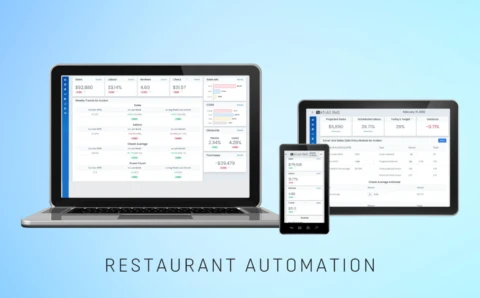
Restaurant Management
Restaurant management tool that combines data from various sources into one dashboard, boosting efficiency and profitability with automation.
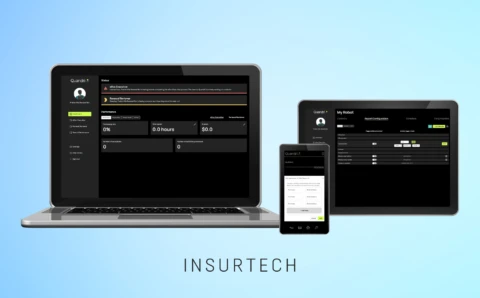
Robot Factory
Our development of Robot Factory has equipped insurance brokers with comprehensive tools to automate and optimize document management and operational tasks.
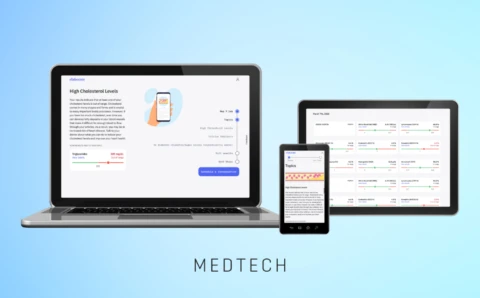
Elaborate
Our work with Elaborate produced a platform for lab results, offering updates, educational content, and guidance for better health management.
PLANEKS’ team of skilled professionals can turn your most sophisticated ideas into reality with high-quality Python software solutions. Our custom Python web development company not only creates a product following your requirements – we take a personalized approach to your specific business and study its processes to maximize the solution’s benefit to your case. Our domain experts will carefully and meticulously analyze your business processes and advise you on which software product to develop to make your company win the market.
Take the opportunity to become a leader in the market and renovate your business processes with PLANEKS software development services.

